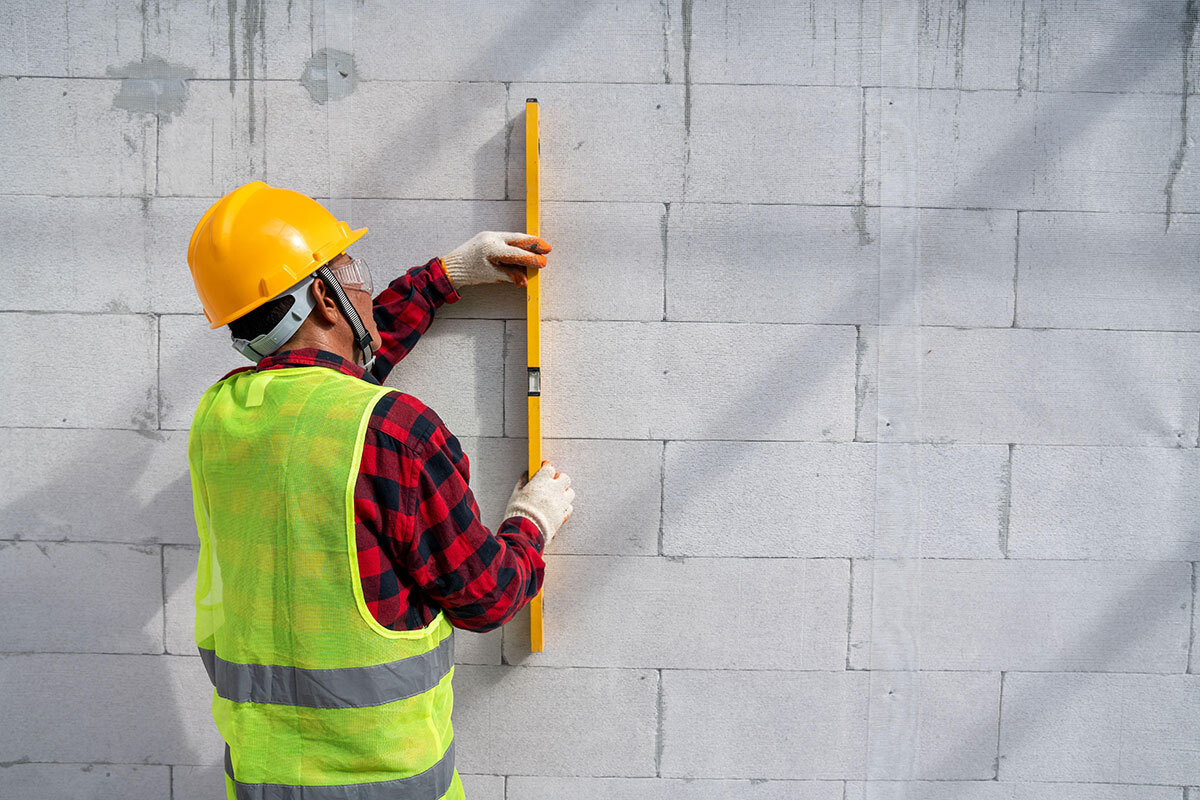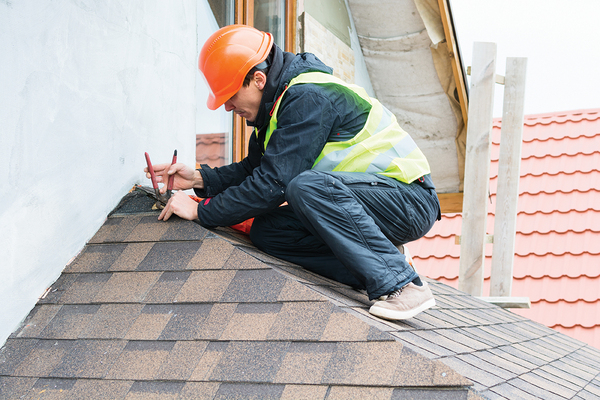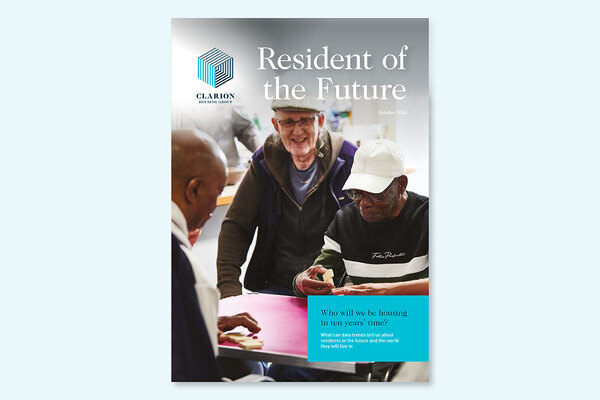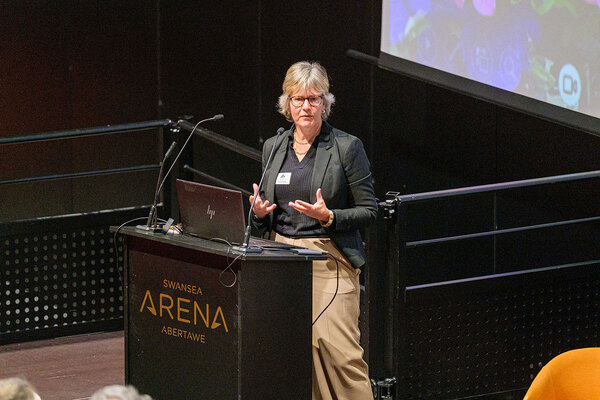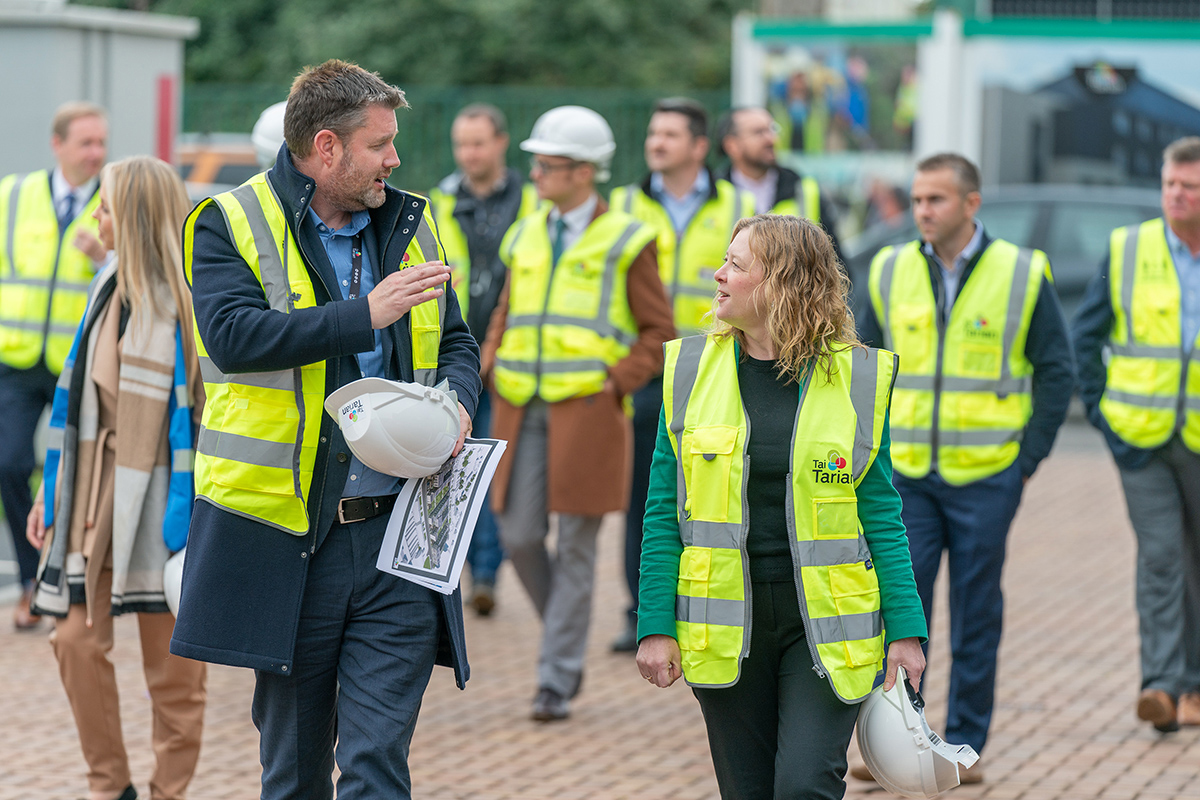You are viewing 1 of your 1 free articles
No government funding for removal of RAAC in social housing, Gove confirms
Social landlords will be expected to cover the costs of removing any potentially dangerous concrete found in their properties, housing secretary Michael Gove has confirmed.
In a letter to Clive Betts, chair of the Levelling Up, Housing and Communities Committee, Mr Gove said that in instances where reinforced autoclaved aerated concrete (RAAC) was identified, landlords must pay for it to be removed using rental income.
He said the government recognised that RAAC may be present in a “small number” of residential buildings constructed from 1950 to 1990.
However, the housing minister added that to date, there have been no reported incidents of RAAC failures in residential buildings, and pointed to the English regulator’s understanding that the material was “not widespread” in social housing.
“RAAC is a long-standing known issue, and all building owners must address safety risks of all kinds in their buildings to keep residents and the public safe. The main source of funding for the management, repair and maintenance of existing social homes is social landlords’ rental income,” he wrote.
Mr Gove was responding to Mr Betts’ request for an update on RAAC in which he had urged the minister to “spell out the risk” in social housing, provide the latest guidance for affected residents and landlords, and explain whether there was any “mitigation funding” available for removing the material.
In his response, the housing minister said the government’s professional advice from experts on RAAC has “evolved” over time, from the view held in the 1990s that the material did not pose a safety hazard to more recent advice on identifying and assessing structural adequacy.
The Office of Government Property is now overseeing the response to RAAC for the government’s own estate and safety alerts on the material were highlighted to property leaders in 2021 and 2022, Mr Gove said.
Since then, departments have been surveying properties and – depending on the assessment of the RAAC – decided to either continue to monitor the structure, reinforce it or replace it.
The minister added that where RAAC is identified in social housing, building owners must continue to take a “risk-based, proportionate, and evidence-led approach” and follow guidance published by the Institution of Structural Engineers.
Lightweight and cheap, RAAC panels were widely used in UK construction from the mid-1950s to the 1980s, and were often used in public buildings with large flat roofs such as hospitals and schools.
The material differs from normal dense concrete as it has no coarse aggregate and contains air bubbles, meaning it is not as strong and is more vulnerable to collapse or “crumble” when it nears the end of its shelf life.
In 2017, failure of the material was linked to a ceiling collapse in a Kent primary school and in September around 140 schools across England were either partially or completely closed because of concerns over the risk of RAAC.
So far the safety crisis has been limited mainly to schools and some hospitals, however an expert consultancy warned in August that “urgent thorough inspections” are needed to establish the extent of use of a crumbling form of aerated concrete in the UK’s social stock.
RAAC has been identified in some social housing, such as an estate in Aberdeen, Scotland, where 500 homes are suspected to have been built using the panels.
The Regulator of Social Housing’s September letter said it understood that RAAC is not widespread in social housing but landlords should know whether their homes contain RAAC components and develop a plan for mitigation and remediation where required.
Sign up for our asset management newsletter
Already have an account? Click here to manage your newsletters


